As Abdominal aorta is called the descending part of the large body artery below the thoracic aorta.
The abdominal aorta begins at the level of the diaphragmatic perforation and extends to the branch into the two large pelvic arteries at the level of the fourth lumbar vertebra. The two larger renal arteries and a large number of smaller arteries branch off from the abdominal aorta, which takes on part of the aorta's Windkessel function, to supply the internal organs and the periphery in the catchment area.
What is the abdominal aorta?
The aorta abdominalis is a part of the descending large body artery (aorta descendens). It begins at the lower end of the so-called thoracic aorta (aorta thoracica) at the opening through the diaphragm (hiatus aorticus), at the level of the twelfth thoracic vertebra.
The abdominal artery ends at the level of the fourth lumbar vertebra at the bifurcation of the abdominal aorta (Bifurcatio aortae) in the two pelvic arteries (Arteriae iliacae communes). Overall, the abdominal aorta forms an anatomical and functional unit with the other parts of the artery. In the first third the two large renal arteries (arteriae renales) branch off, so that in the case of the abdominal aorta a distinction is made between the section above (suprarenal) and below (infrarenal) the branch of the renal arteries. In addition to the two kidney arteries, many other arteries branch off from the abdominal artery to supply the internal organs and peripheral regions.
Anatomy & structure
Immediately below the passage through the diaphragm, two relatively thin branches branch off from the abdominal aorta to supply the lower diaphragm areas.
The common arterial trunk (Truncus celiacus) rises at about the same height towards the front of the abdomen and immediately afterwards divides into three arteries to supply the spleen, liver and stomach. In the further course of the abdominal aorta, further paired or unpaired arteries branch off to supply the intestines or the peripheral regions. The largest paired branches are formed by the two renal arteries (arteria renalis dexter and sinister).
As with the other large arteries, the abdominal aorta also has a three-layer wall structure. The inner layer, the tunica intima or simply called the intima, consists of endothelial cells that are interlocked with one another and form a single-layer squamous epithelium. On the outside there is a thin layer of connective tissue that separates the intima from the middle layer, the tunica media or media. It consists of smooth muscle cells, which are usually surrounded by blood and sometimes also by lymph vessels in a spiral.
In addition, elastic fibers, collagen and connective tissue cells are found in the media, which mark the demarcation to the outer wall layer, the tunica adventitia. The tunica adventitia or adventitia is formed by a relatively thick layer of connective tissue cells that are reinforced by collagenous and elastic fibers. The outer wall layer of the abdominal aorta houses the vascular systems that are necessary for the metabolic supply and disposal of the abdominal artery and nerve fibers that control the lumen of the abdominal artery.
Function & tasks
As part of the large body artery, the function and tasks of the abdominal aorta are congruent with those of the aorta as a whole. The focus is on two main tasks: smoothing out blood pressure peaks and distributing the oxygen-rich arterial blood to all organs and tissues. The smoothing of the systolic blood pressure peaks caused by the contraction of the heart chambers is ensured by the elasticity or the stretchability of the aortic walls in conjunction with their controllable contractility.
It is particularly important to maintain the diastolic "residual pressure" when the ventricles relax during diastole. A minimum diastolic blood pressure ensures that the small arteries, arterioles and arterial capillaries are supplied with a continuous flow of blood and do not irreversibly collapse and stick together. The ability to smooth out blood pressure peaks is often referred to as the Windkessel function, because the aortic wall contracts again during the ventricular diastole and ensures that blood pressure is maintained by reducing the lumen.
It is a process that is partly passive, but also contains active elements via hormonally controlled contractions of the vascular muscles. The second task of the abdominal aorta, the distribution of the oxygen-rich arterial blood to organs and tissues, takes place passively via branching arteries. Their dimensions are each adapted to the requirements.
Diseases
The most common complaints related to the abdominal aorta are caused by changes in the elasticity of the vessel wall or by local narrowing or widening of the cross section of the abdominal artery. Decreasing elasticity of the aortic wall, also known as arteriosclerosis, is the result of plaques of various substances in the arterial wall.
When the plaques reach a certain size, they protrude into the lumen of the veins. In addition to hardening the aortic wall, they then lead to a local bottleneck in the artery, which can develop into a total blockage, the infarct. In rarer cases, a dangerous bulge, aneurysm, can form in the abdominal aorta, which can have very different causes. In the early stages it hardly causes any symptoms, so that such aneurysms are discovered more by chance. The danger lies in the possible rupture, a rupture of the aneurysm, which is accompanied by violent internal bleeding.
Another problem can arise when the inner wall of the aorta ruptures, because the rupture can lead to bleeding between the intima and the media, so that an aortic dissection occurs, a separation between the intima and media (aneurysm dissecans aortae). In rare cases, the aorta can be affected by genetic defects. Autoimmune diseases such as Takayasu's arteritis are also known to be associated with the abdominal aorta.

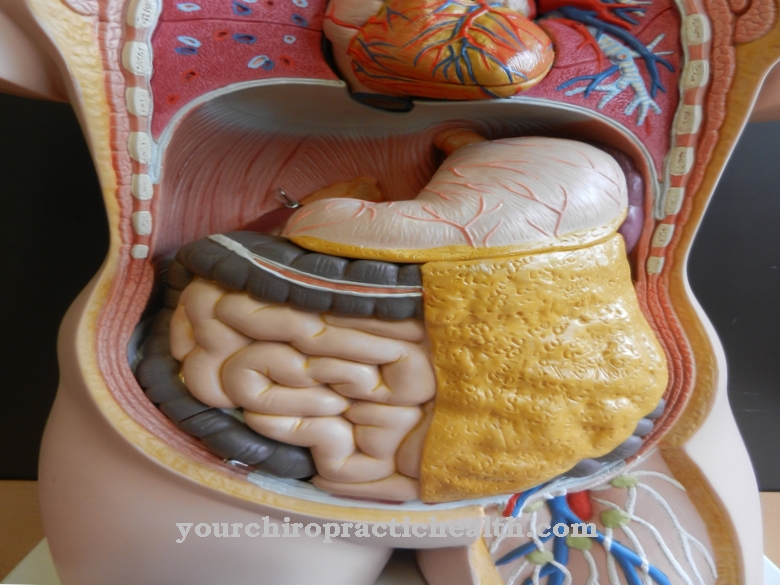
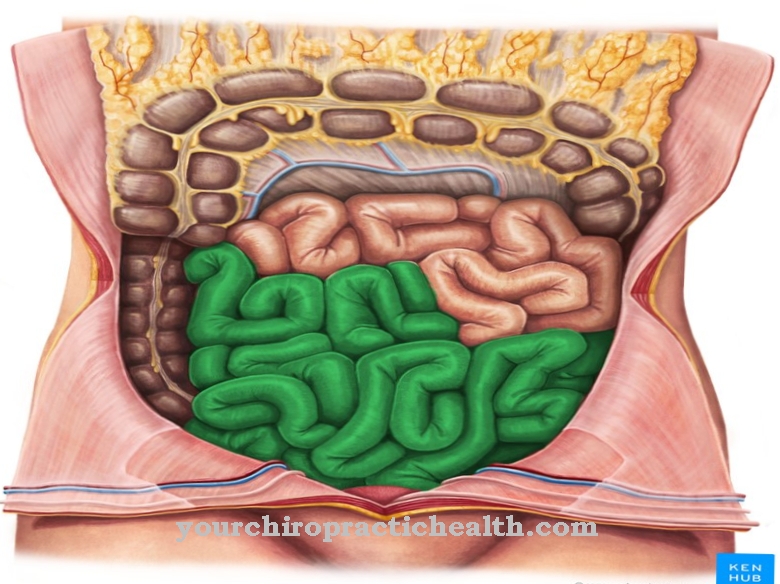
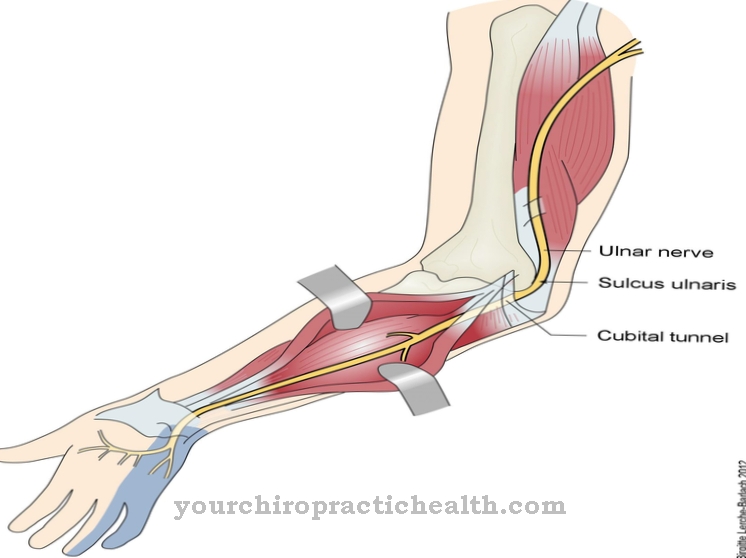
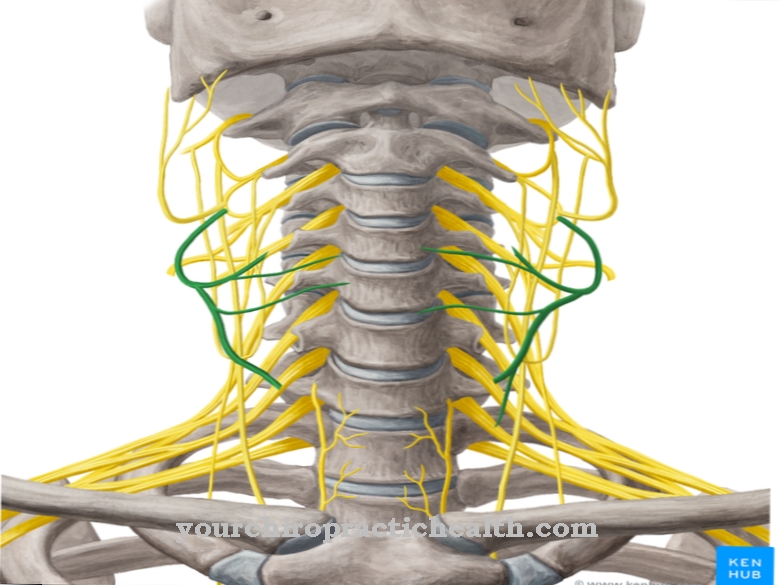
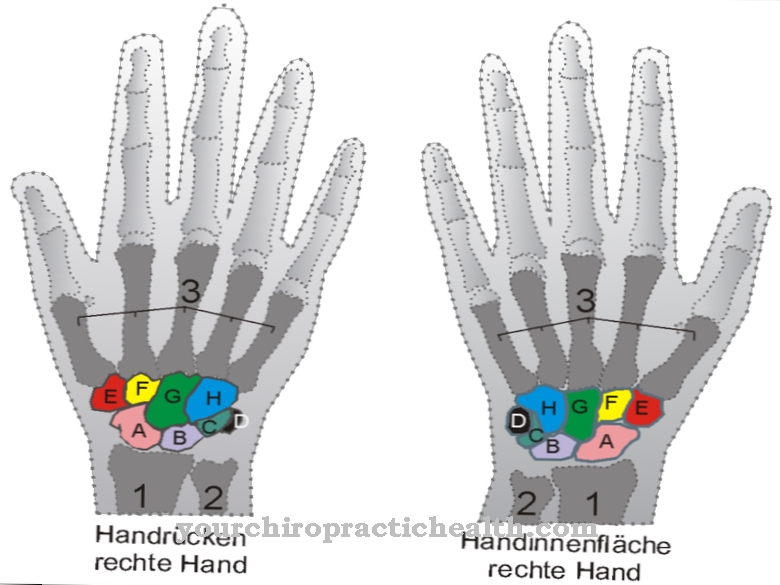







.jpg)

.jpg)
.jpg)











.jpg)